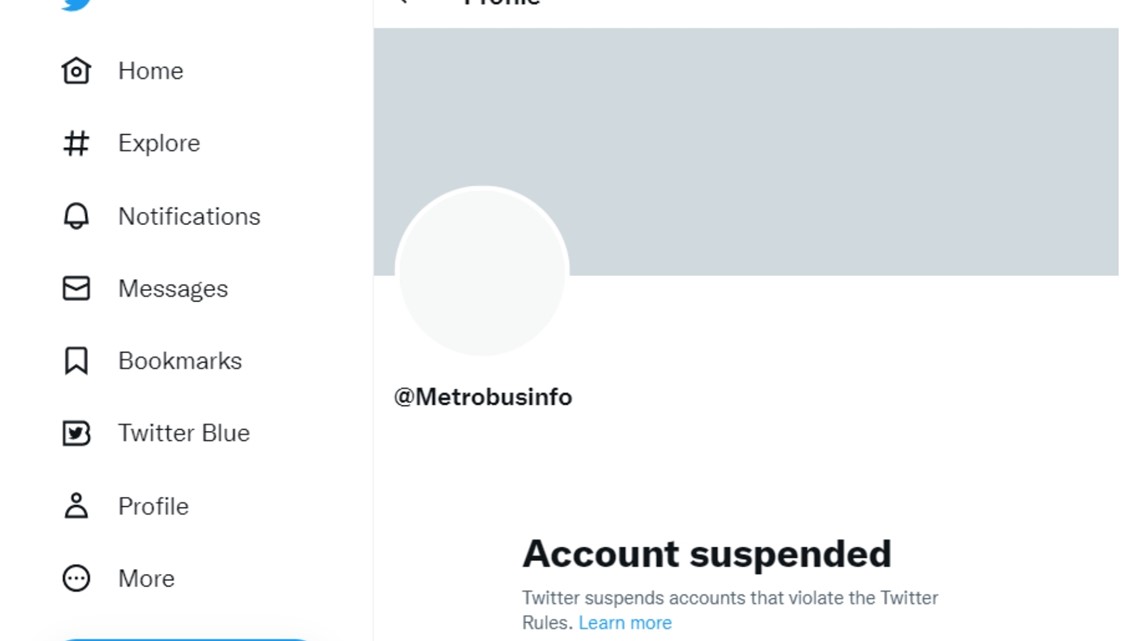I have a theory, Autopilot could have phantom braked while changing lanes (the signal is on) and the drive could have further hit the brakes. Some drivers reaction is when something is out of sorts is to hit the brakes. It's not the right reaction for all circumstances, but panicked drivers might not react appropriately. This could be the driver's first encounter with phantom braking/misbehaving and didn't know how to react (not every tesla owner is on this forum and well advised on this, like it was in 2012).
Now from my own experience; I regularly disconnect autopilot or fsd the second I see construction, any uncontrolled left turn, fully stopped traffic on the highway (moving fast to a complete stop), jerks in stop and go traffic, or any non perfect exit from the highway. It's not worth the risk in my opinion. There are drivers that are far more trusting than I am, that let the system get itself into trouble.





